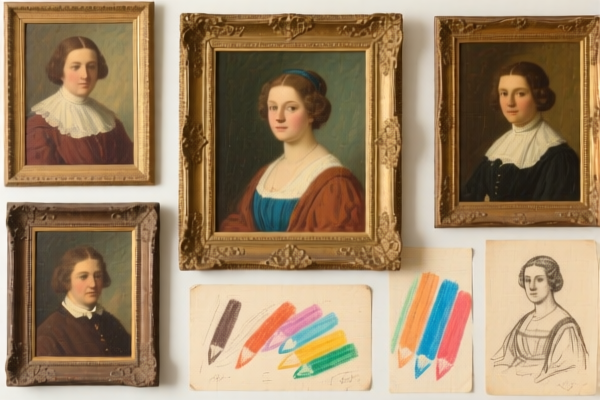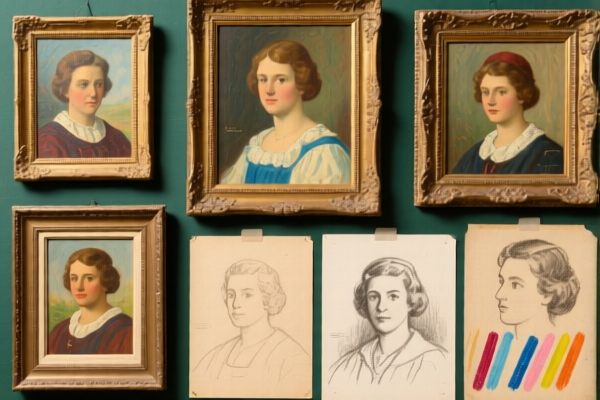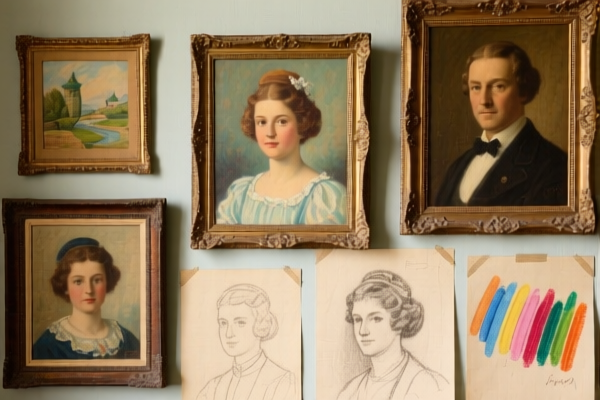| HS Code | Official Doc | Tariff Rate | Origin | Destination | Effective Date |
|---|---|---|---|---|---|
| 9503000090 | Doc | 30.0% | CN | US | 2025-05-12 |
| 9503000071 | Doc | 30.0% | CN | US | 2025-05-12 |
| 9505906000 | Doc | 30.0% | CN | US | 2025-05-12 |
| 9505902000 | Doc | 30.0% | CN | US | 2025-05-12 |
| 6114909010 | Doc | 35.6% | CN | US | 2025-05-12 |
| 6114909070 | Doc | 35.6% | CN | US | 2025-05-12 |
| 6109908010 | Doc | 53.5% | CN | US | 2025-05-12 |
| 6109908030 | Doc | 53.5% | CN | US | 2025-05-12 |
| 6211390310 | Doc | 49.5% | CN | US | 2025-05-12 |
| 6211390351 | Doc | 49.5% | CN | US | 2025-05-12 |
| 6210500539 | Doc | 44.6% | CN | US | 2025-05-12 |
| 6210500540 | Doc | 44.6% | CN | US | 2025-05-12 |
| 5602909000 | Doc | 52.9¢/kg + 8%+55.0% | CN | US | 2025-05-12 |
| 5602903000 | Doc | 55.0% | CN | US | 2025-05-12 |
| 9619009000 | Doc | 44.5% | CN | US | 2025-05-12 |
| 9619000500 | Doc | 42.5% | CN | US | 2025-05-12 |
| 9601908000 | Doc | 41.2% | CN | US | 2025-05-12 |
| 9601902000 | Doc | 37.5% | CN | US | 2025-05-12 |




Performance Costume
A performance costume is an outfit worn by performers—actors, dancers, musicians, or other entertainers—to embody a character, enhance a performance, or create a specific visual spectacle. These costumes differ significantly from everyday clothing, prioritizing aesthetic impact, functionality for the performance, and character representation over practical wearability.
Materials
Performance costumes are constructed from a wide variety of materials, selected based on the desired effect, budget, and performance requirements. Common materials include:
- Fabrics: Silk, velvet, satin, cotton, linen, wool, polyester, spandex, and increasingly, specialized performance fabrics offering stretch, breathability, or unique textures.
- Hard Materials: Leather, metal (for armor or embellishments), plastics, wood, foam, and composite materials for structural elements or props integrated into the costume.
- Embellishments: Sequins, beads, feathers, rhinestones, lace, embroidery, and paint are frequently used to add detail and visual interest.
- Synthetic Materials: Increasingly common due to durability, affordability, and ease of manipulation. These include various types of plastics, foams, and specialized fibers.
Purpose
The primary purposes of a performance costume are:
- Character Representation: To visually define a character's personality, social status, historical period, or role within the narrative.
- Visual Storytelling: To communicate information about the performance’s theme, setting, or emotional tone.
- Aesthetic Enhancement: To create a visually captivating spectacle and contribute to the overall artistic impact of the performance.
- Transformation: To allow the performer to embody a character different from themselves, facilitating immersion for both the performer and the audience.
Function
Beyond aesthetics, performance costumes often serve functional purposes:
- Movement & Flexibility: Costumes must allow for the required range of motion, whether it’s the expansive gestures of a ballet dancer or the quick movements of an action hero.
- Durability: Costumes need to withstand repeated wear, potentially strenuous activity, and lighting conditions.
- Comfort: While not always paramount, comfort is essential for performers who may wear the costume for extended periods.
- Safety: Costumes should not pose a safety hazard to the performer or others, especially in performances involving stunts, fire, or complex rigging.
- Quick Changes: In some performances, costumes are designed for rapid changes, requiring specific construction techniques and access points.
Usage Scenarios
Performance costumes are utilized across a broad spectrum of performance types:
- Theater: From historical dramas to contemporary plays, costumes define characters and settings.
- Dance: Ballet, modern, jazz, and other dance forms utilize costumes that enhance movement and visual expression.
- Opera & Musical Theater: Elaborate costumes are integral to the storytelling and spectacle of these forms.
- Film & Television: Costumes are crucial for character development and establishing the visual world of the production.
- Cosplay: Fans create costumes to embody characters from anime, manga, video games, and other media.
- Circus & Variety Shows: Costumes contribute to the fantastical and visually striking nature of these performances.
- Parades & Festivals: Costumes are used for thematic representation and spectacle.
Common Types
The specific types of performance costumes are incredibly diverse, categorized by genre, historical period, or character type. Some common examples include:
- Historical Costumes: Recreations of clothing from specific eras, requiring meticulous research and accurate construction.
- Fantasy Costumes: Imaginative designs inspired by mythology, folklore, or fictional worlds.
- Character Costumes: Outfits representing specific characters, often with iconic details.
- Abstract Costumes: Designs that prioritize visual impact and symbolism over realistic representation.
- Ballet Tutus: Iconic costumes for ballet dancers, characterized by a short, stiff skirt.
- Masquerade Costumes: Outfits incorporating masks and elaborate embellishments, often associated with balls and festivals.
- Superhero Costumes: Outfits representing fictional superheroes, often incorporating form-fitting designs and symbolic elements.
- Period Costumes: Clothing designed to reflect a specific time period, often used in historical dramas or reenactments.
Performance costumes can fall under several HS code classifications depending on the materials and specific design. Here are potential HS codes based on the provided reference material:
- 6114909010 - Of other textile materials: Other Tops. This code applies to garments knitted or crocheted, made from materials other than wool or cotton, and specifically to tops. Performance costumes consisting of knitted or crocheted tops would fall under this classification. The first two digits (61) indicate the chapter for articles of apparel and clothing accessories, knitted or crocheted. The next four digits (1490) specify garments knitted or crocheted, of other textile materials. The final two digits (9010) further define this as other tops. The total tax rate is 35.6%.
- 6211390310 - Track suits, ski-suits and swimwear; other garments: Other garments, men's or boys': Of other textile materials: Recreational performance outwear: Of wool or fine animal hair Tracksuits: Trousers. If the performance costume includes trousers made of wool or fine animal hair and is designed for recreational performance, this HS code is applicable. The first two digits (62) denote the chapter for articles of apparel and clothing accessories, not knitted or crocheted. The next four digits (1139) specify other garments, men's or boys'. The final two digits (0310) further define this as recreational performance outwear of wool or fine animal hair tracksuits, trousers. The total tax rate is 49.5%.
- 6210500539 - Garments, made up of fabrics of heading 5602, 5603, 5903, 5906 or 5907: Other women's or girls' garments: Recreational performance outerwear: Of man-made fibers: Other Trousers, breeches and shorts: Other (648). This code applies to women's or girls' garments made from man-made fibers, designed as recreational performance outerwear, specifically trousers, breeches, or shorts. The first two digits (62) denote the chapter for articles of apparel and clothing accessories, not knitted or crocheted. The next four digits (1050) specify garments made up of fabrics of heading 5602, 5603, 5903, 5906 or 5907. The final two digits (0539) further define this as recreational performance outerwear of man-made fibers, trousers, breeches, or shorts. The total tax rate is 44.6%.
- 9601908000 - Worked ivory, bone, tortoise-shell, horn, antlers, coral, mother-of-pearl and other animal carving material, and articles of these materials (including articles obtained by molding): Other: Other. If the performance costume incorporates worked ivory, bone, or other animal carving materials, this HS code may be relevant. The first two digits (96) denote the chapter for miscellaneous manufactured articles. The next four digits (0190) specify worked ivory, bone, etc. The final two digits (8000) further define this as other articles. The total tax rate is 41.2%.
Regarding HS code 6211390310, please note the need to verify the material composition, specifically confirming if it is made of wool or fine animal hair.
Customer Reviews
No reviews yet.